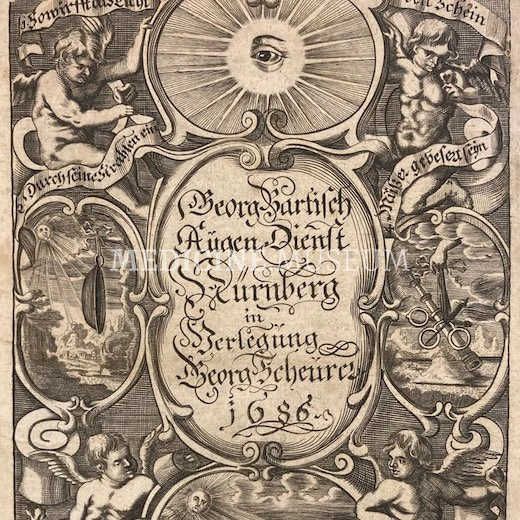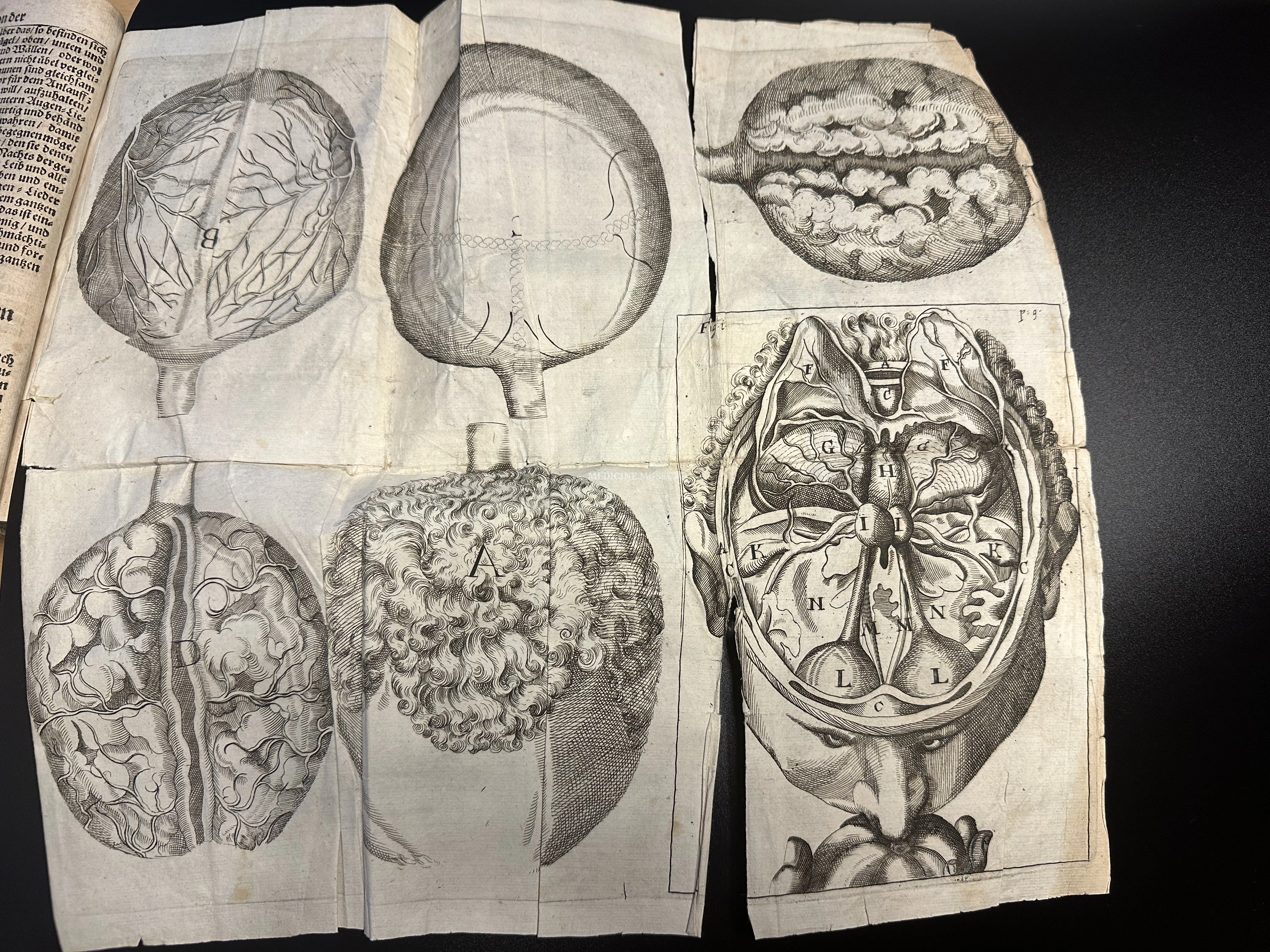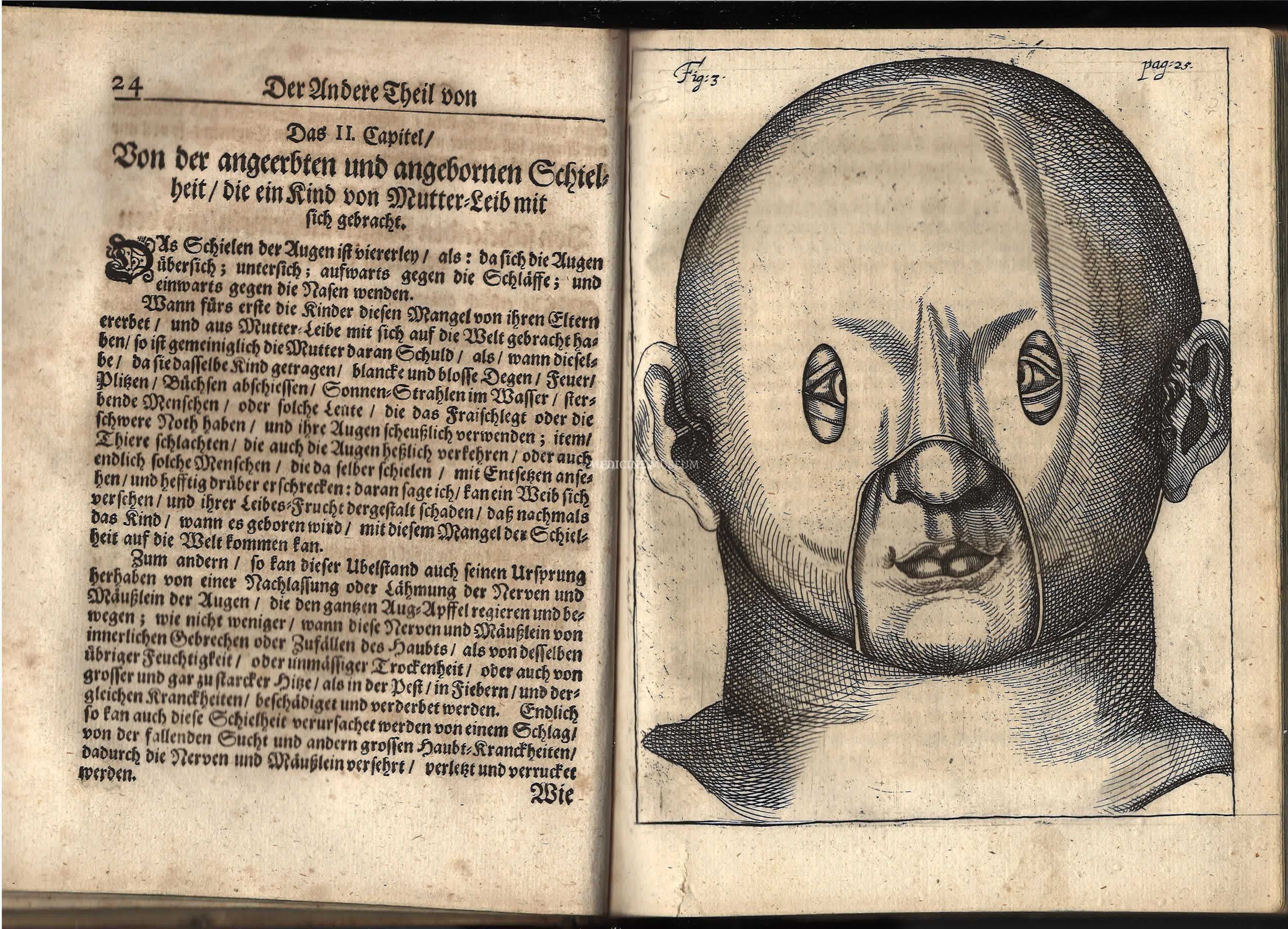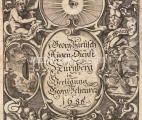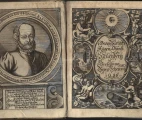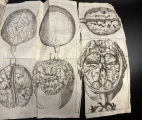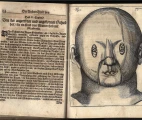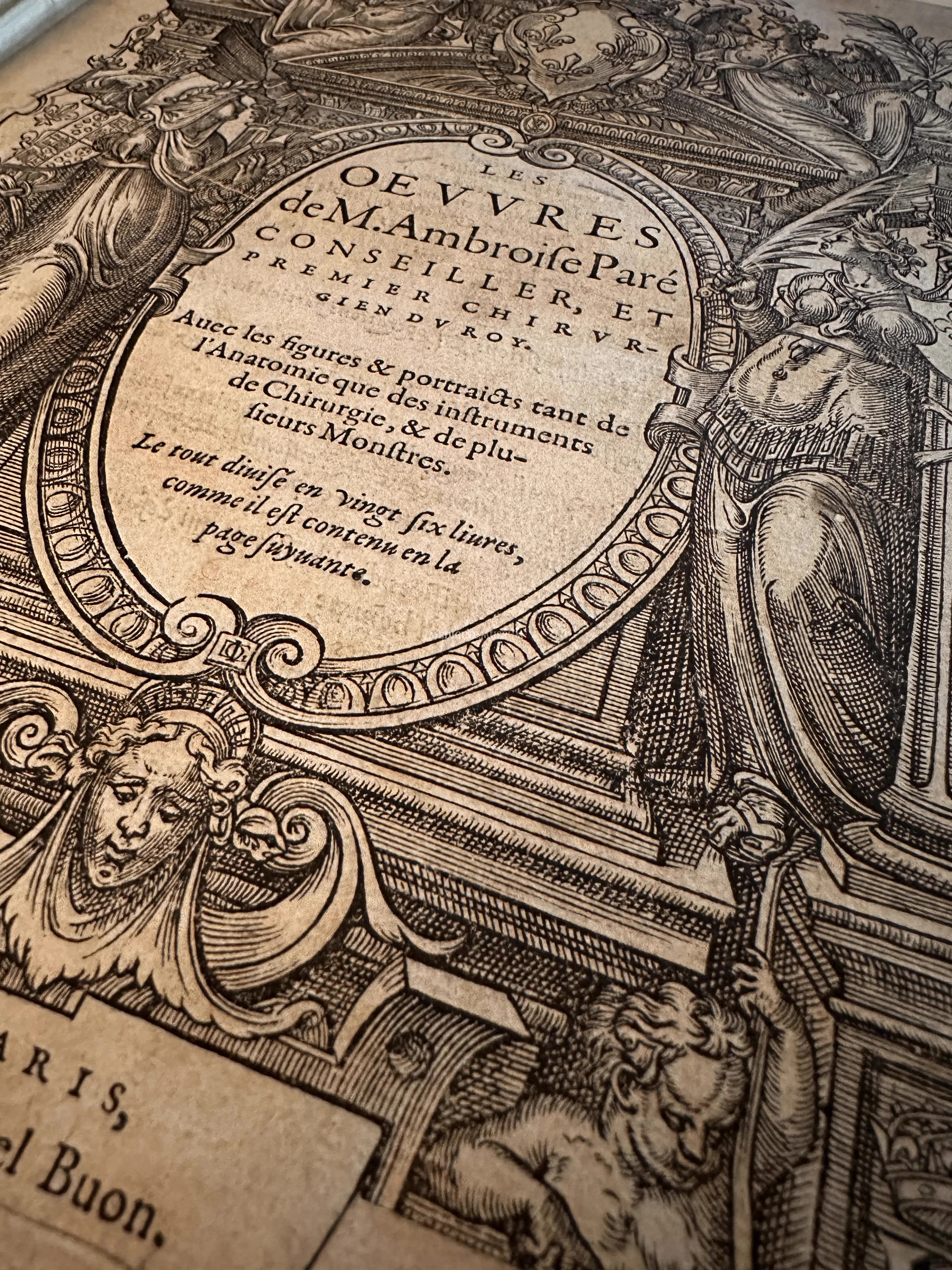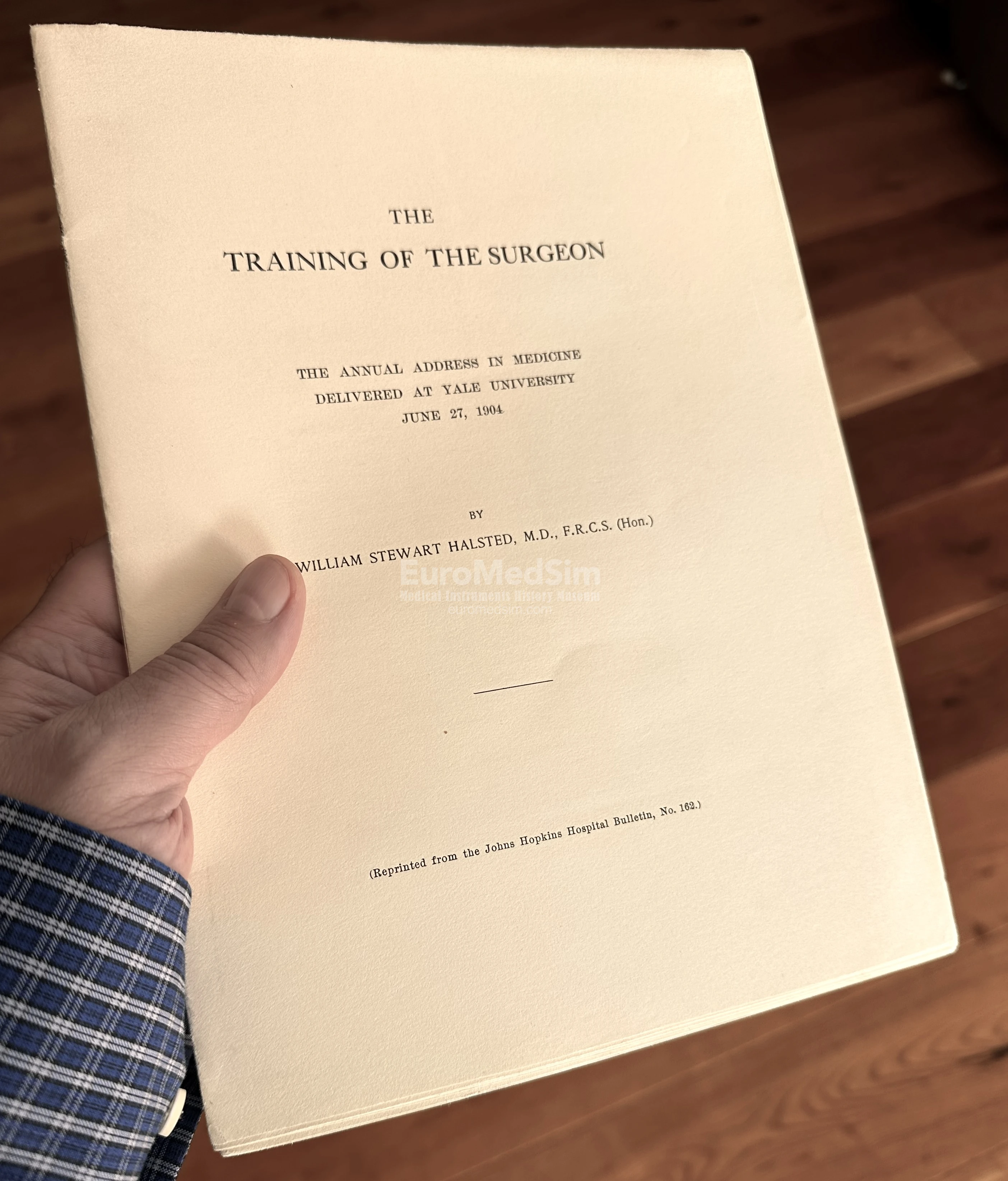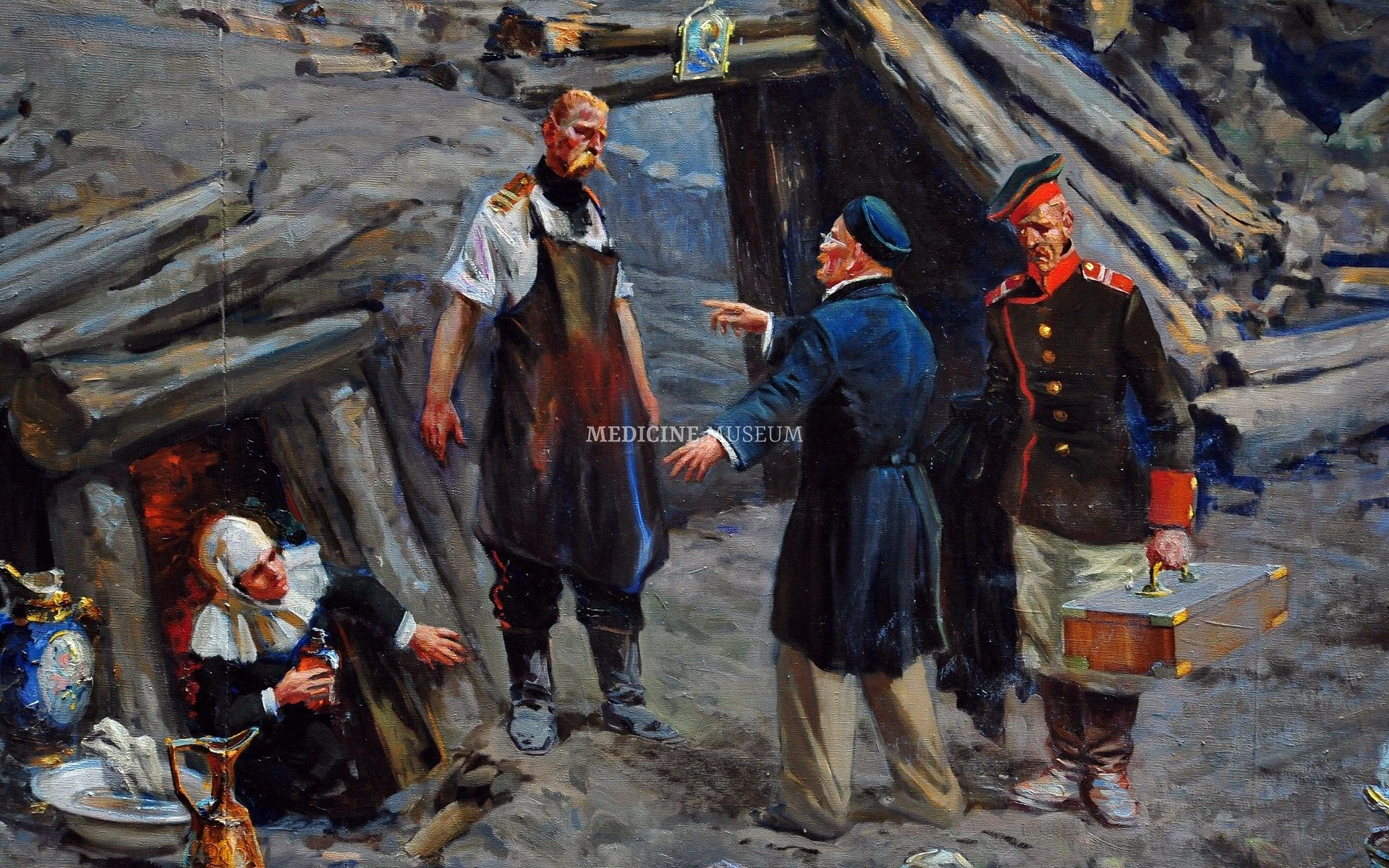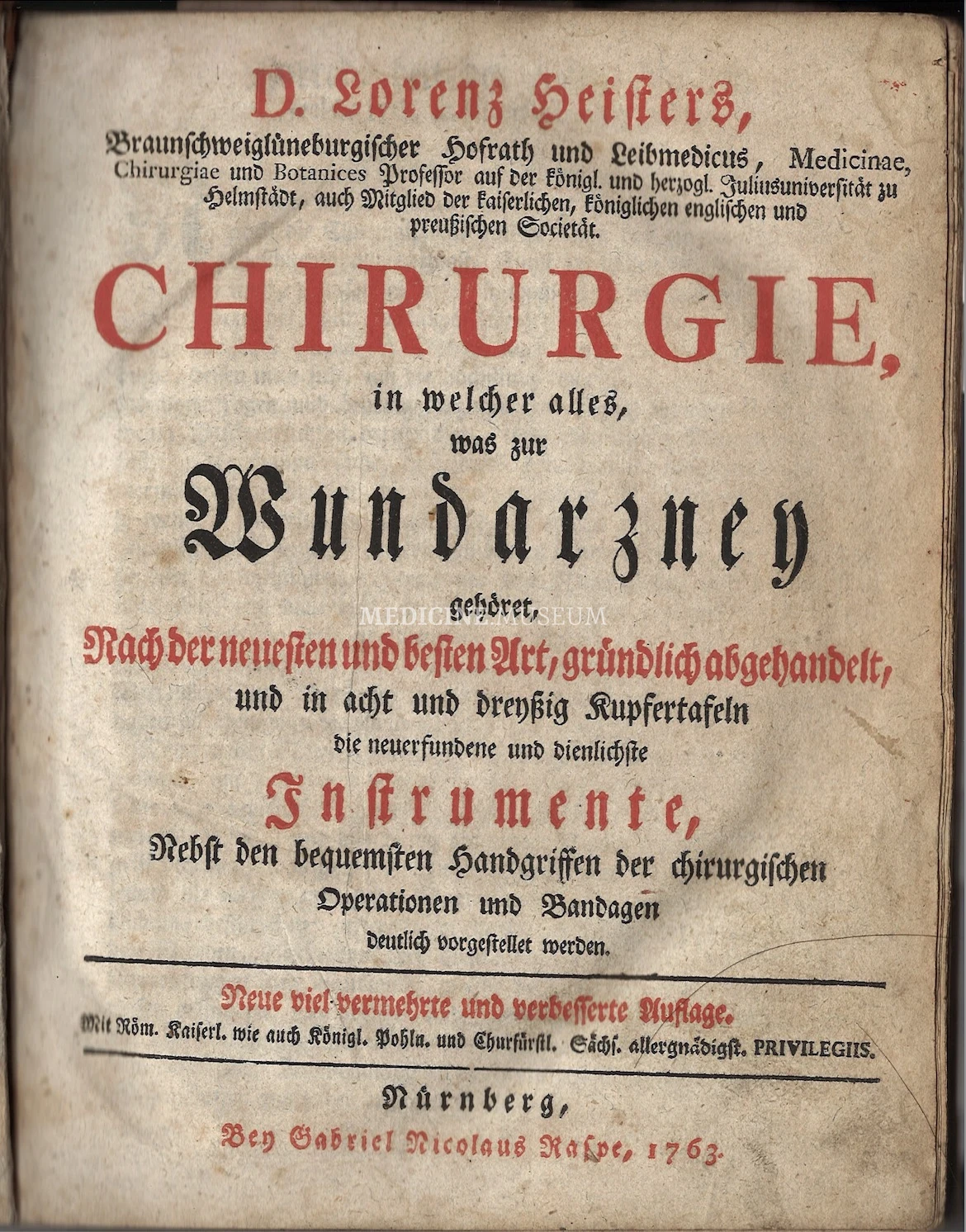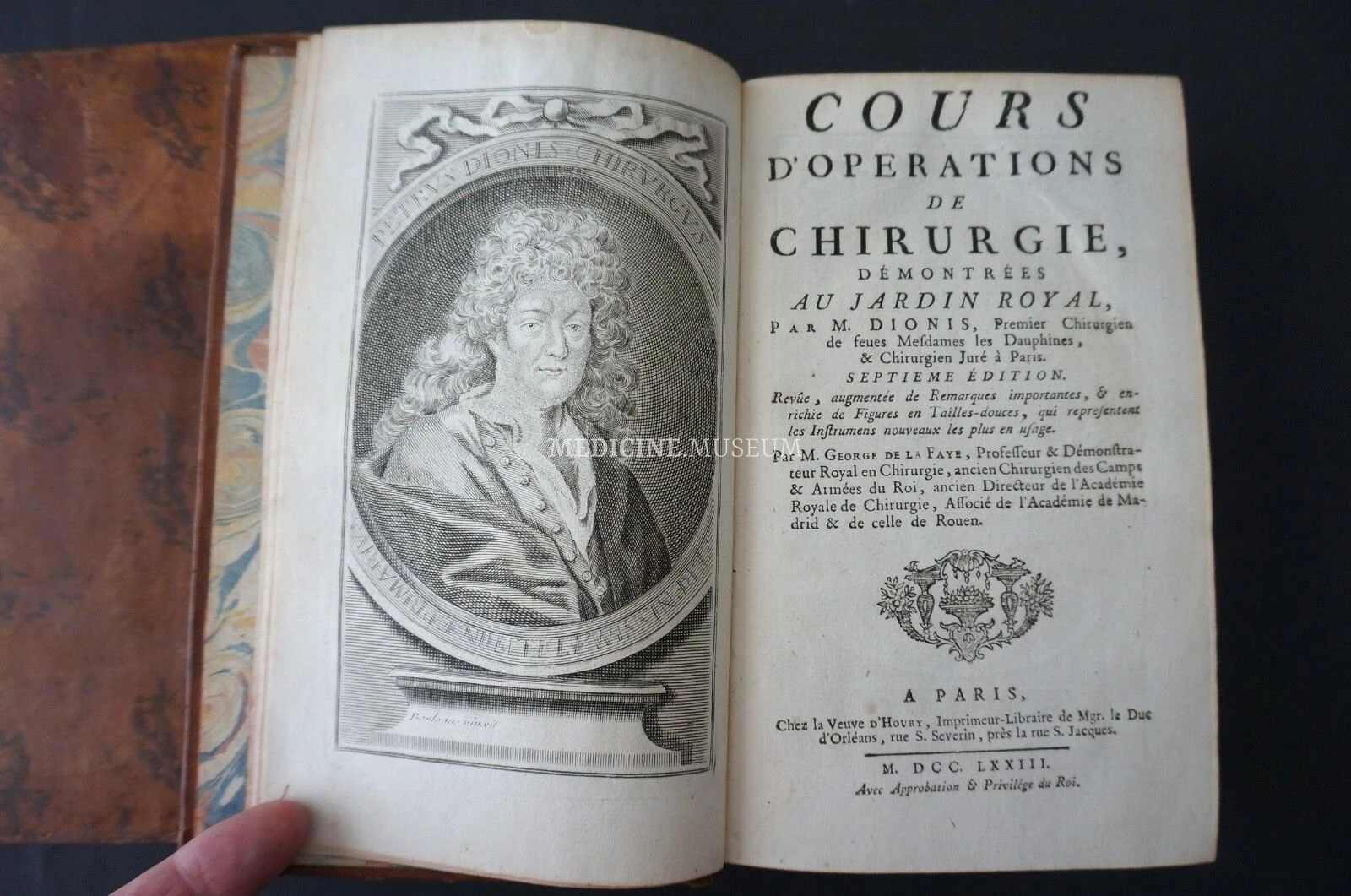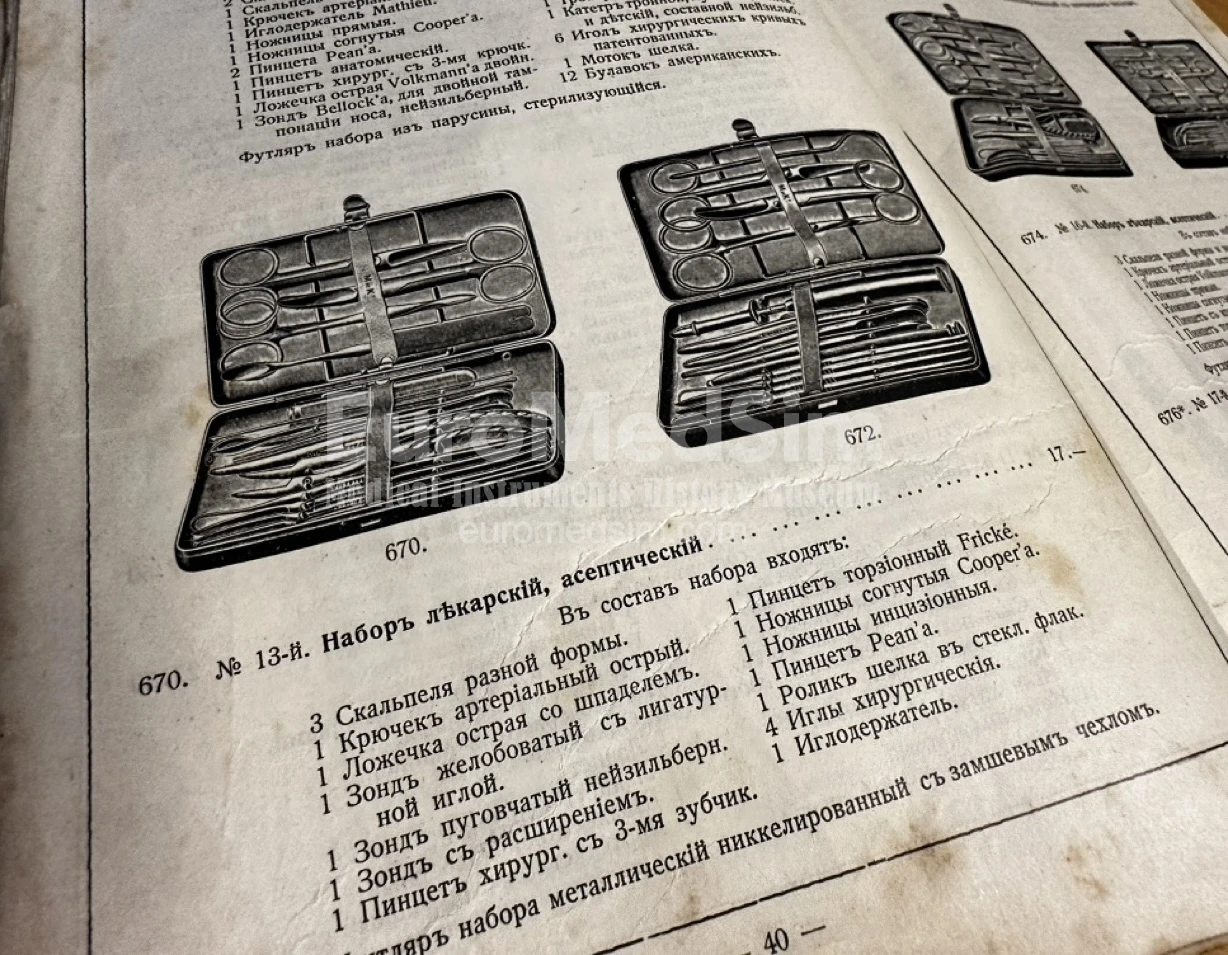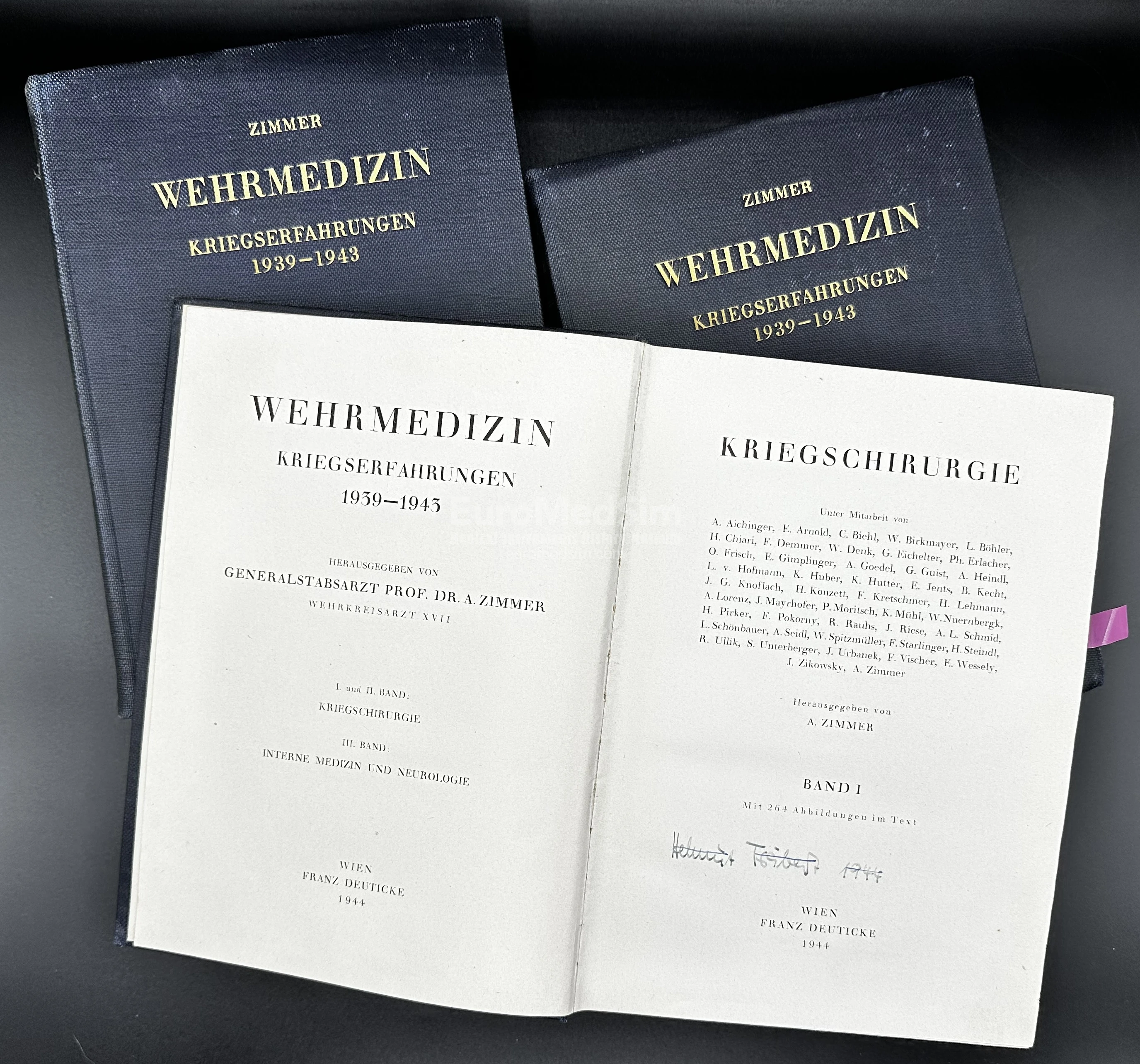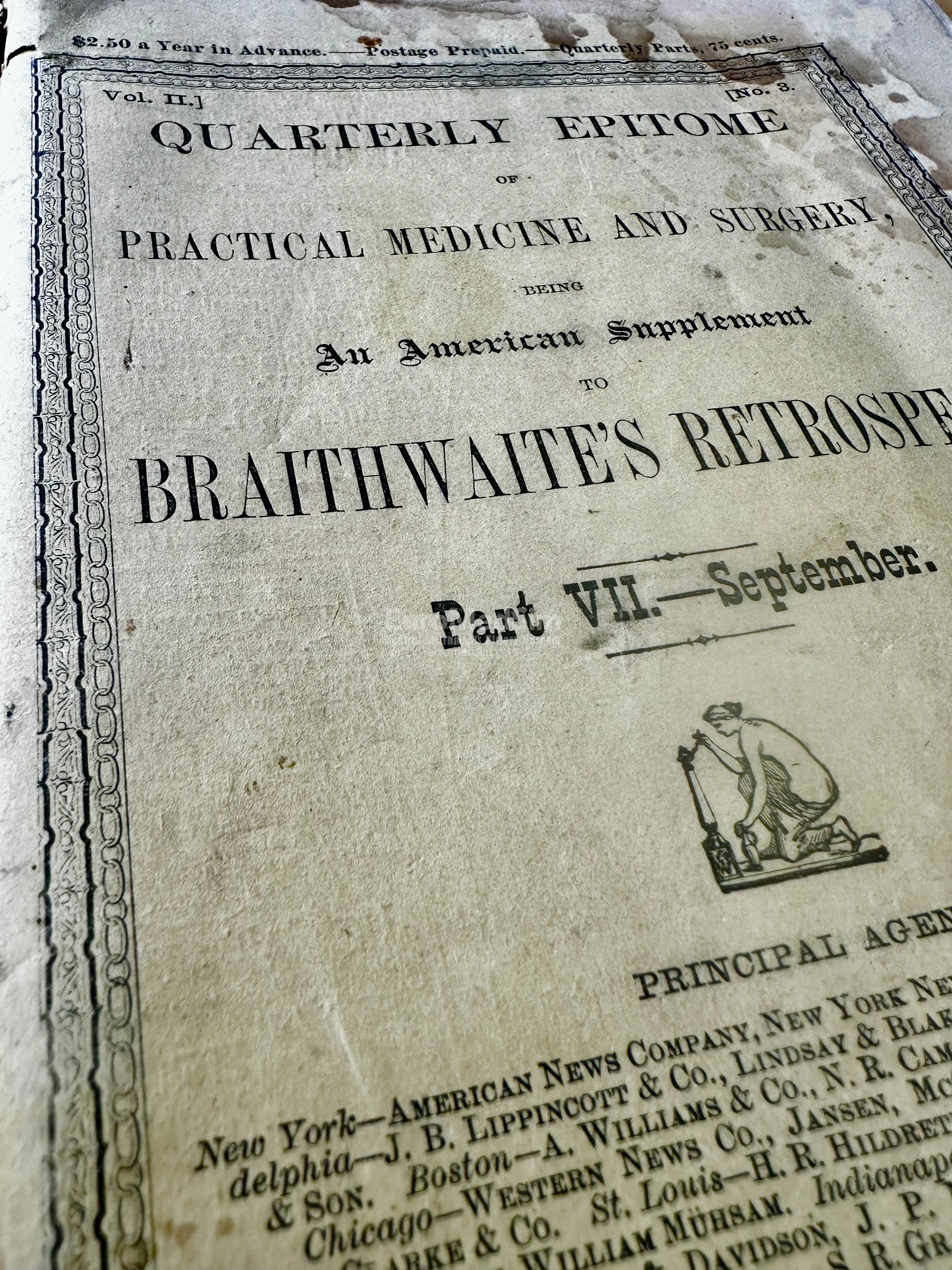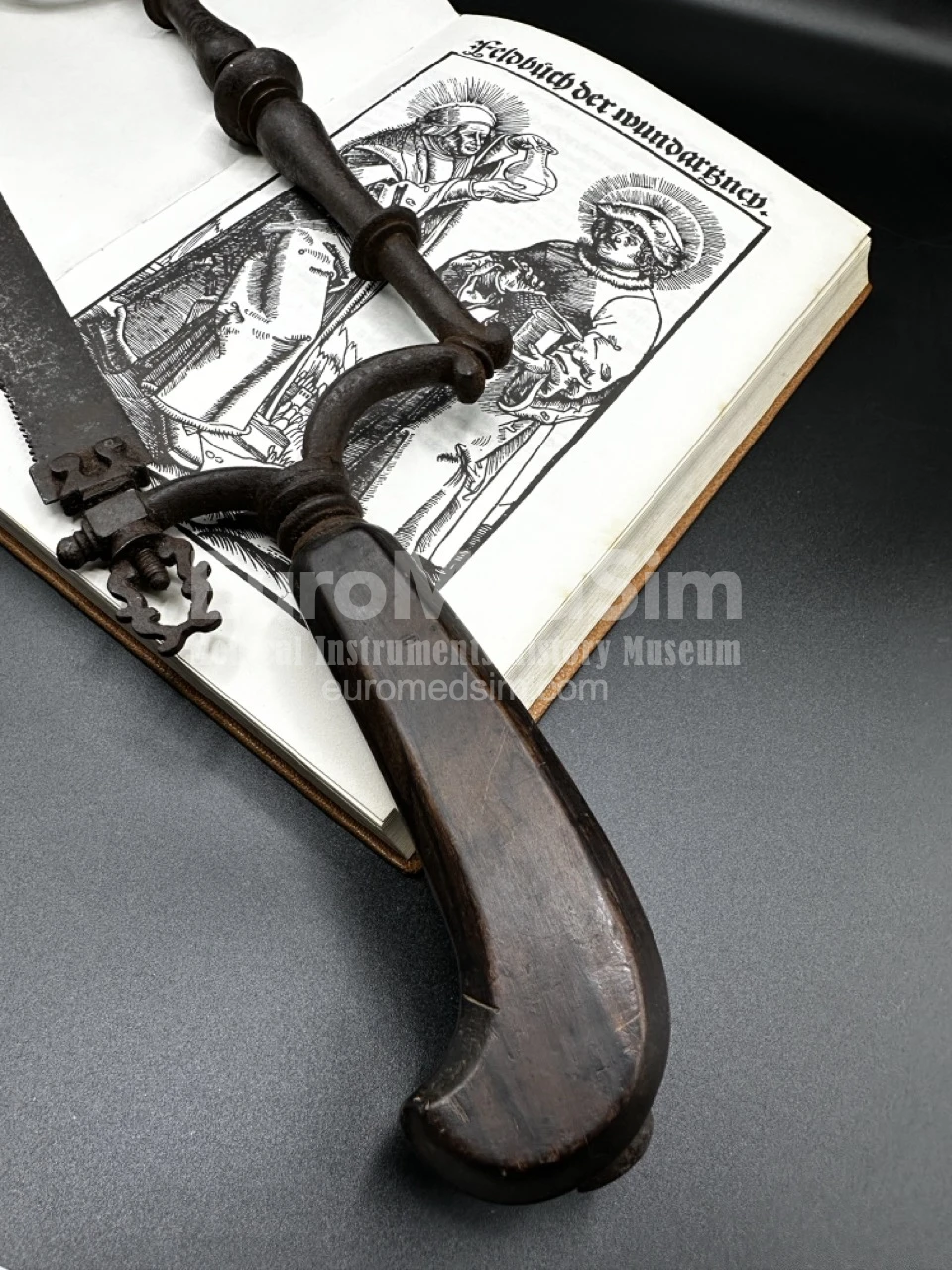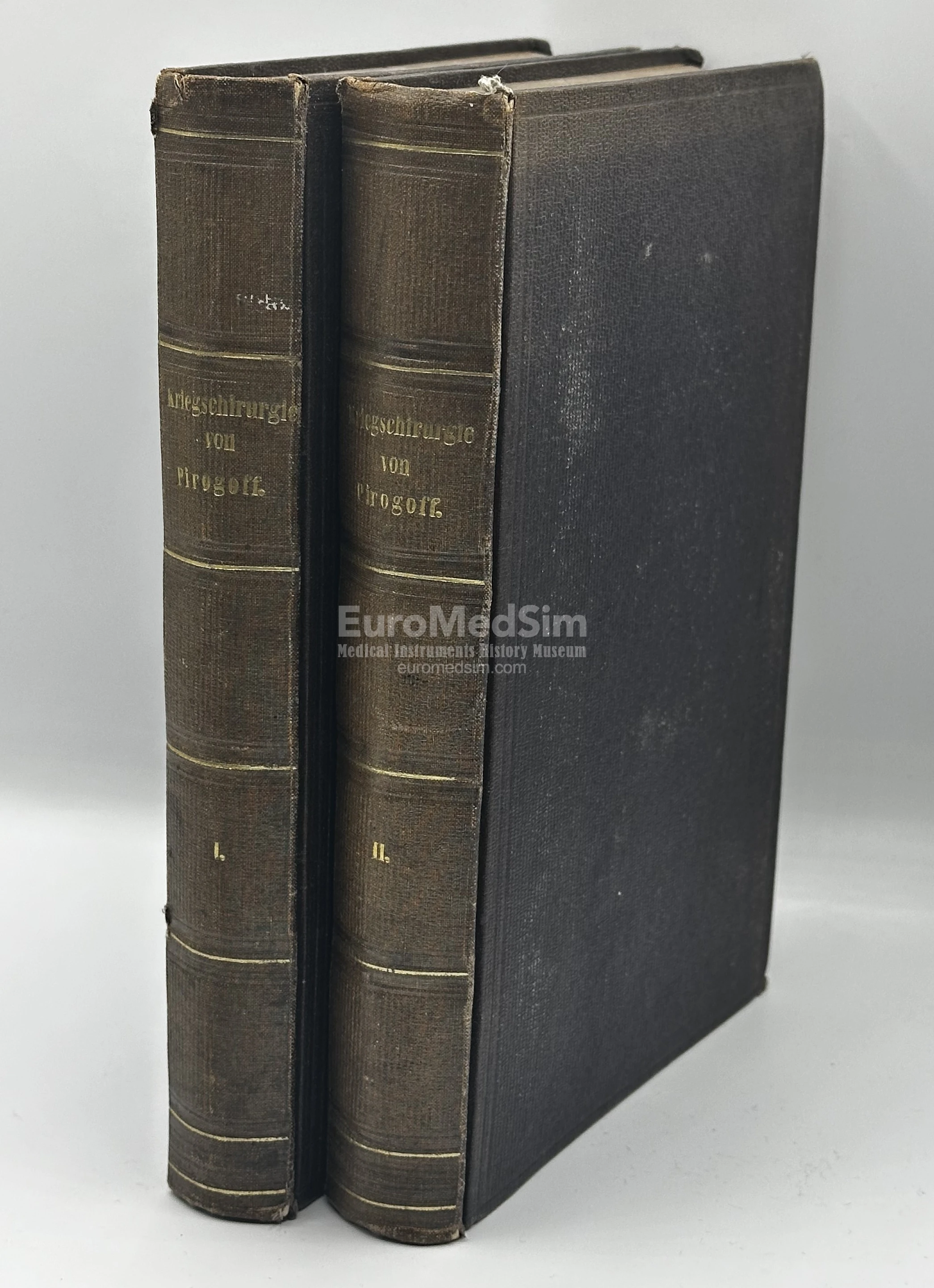Augen-Dienst: Oder Kurtz und deutlich verfasster Bericht von allen... (Ophthalmology by Bartisch)
Eye Service. The second and the last edition of Ophthalmodouleia by Georg Bartisch, 1686
Bartisch, Georg (1535–1607). Augen-Dienst: Oder Kurtz und deutlich verfasster Bericht von allen und jeden in- und äusserlichen Mängeln Schäden Gebrechen und Zufällen der Augen (Eye Service: or report of all and every internal and external defects, damages, infirmities, and accidents of the eyes). Nuremberg : Georg Scheurer, 1686.
The book "Augen-Dienst" of 1686 is the revised posthumous second edition of the famous Οφθαλμοδούλεια (1583) printed without the Testimonia and the 16th part containing the medicinal preparation.
Ophthalmodouleia
Οφθαλμοδούλεια Das ist Augendienst (Ophthalmodouleia, from Greek: Eye Service or Augendienst) by Georg Bartisch (1535, Königsbrück – 1607, Dresden) was printed in 1583 in Dresden by Matthes Stöckel is considered to be the the first complete work on the eye disease care, is a seminal work in the field of ophthalmology, marking a significant moment in the history of eye medicine. It is considered the first Renaissance book dedicated solely to ophthalmology. Bartisch, a self-taught German surgeon, was known for his expertise in eye diseases and surgeries, particularly in the treatment of cataracts.
His book is notable not just for its medical content but also for its remarkable illustrations, it was a publication in folio size, with 92 woodcuts, which were among the first books to include such illustrations. Some of these woodcuts were interactive, featuring overlays and movable parts to enhance understanding. These detailed woodcuts, two of which are fold-outs, provide visual representations of the eye, surgical instruments, and various procedures. The illustrations are both anatomically informative and artistically significant, reflecting the medical knowledge and artistic sensibilities of the late Renaissance period.
Ophthalmodouleia covers a range of topics, from the anatomy of the eye to detailed descriptions of eye diseases and their treatments. Bartisch's approach to ophthalmic conditions and his detailed surgical techniques were pioneering for his time. This work laid a foundational understanding of eye medicine, influencing subsequent generations of ophthalmologists and remaining a significant historical reference in the field. It stands as a testament to the early integration of science, medicine, and art, characteristic of the Renaissance era.
As mentioned above, the Greek title of the treatise Ophthalmodouleia or the German translation Augendienst means ‘eye service’. The idea of service is central to understanding this treatise and Bartisch’s practice. Douleia, the latter half of the title, more commonly written in Latin as dulia or doulia, could denote service in general, but also had a strong theological connotation. Differentiated from jatria, which means the supreme homage that is given to God alone, dulia is the respect paid to the extension of the Almighty. It could be the veneration of saints and angels as the servants of God or, more broadly, a reverence paid to the material presence and tangible effects of God. Using Ophthalmodouleia as the title of his treatise, Bartisch intended to convey an act of piety through the service to the eyes which he considered one of God’s greatest creations [Zhao W, 2023].
Augen-Dienst
Augen-Dienst: Oder Kurtz und deutlich verfasster Bericht von allen und jeden in- und äusserlichen Mängeln Schäden Gebrechen und Zufällen der Auge is the second revised and elaborated posthumous work on ophthalmology, based on the first edition. The format of the book become smaller (quatro 20,5x16,5 cm instead of the bigger folio size of the first ediction). The engravings in this second edition were updated to reflect the clothing of the period, providing a contemporary context for the illustrations (although there total number has been reduced from 92 woodcuts to 50 images – 49 engravings and 1 woodcut).
The title page of the second edition was in line with the classical style of major books of that period:
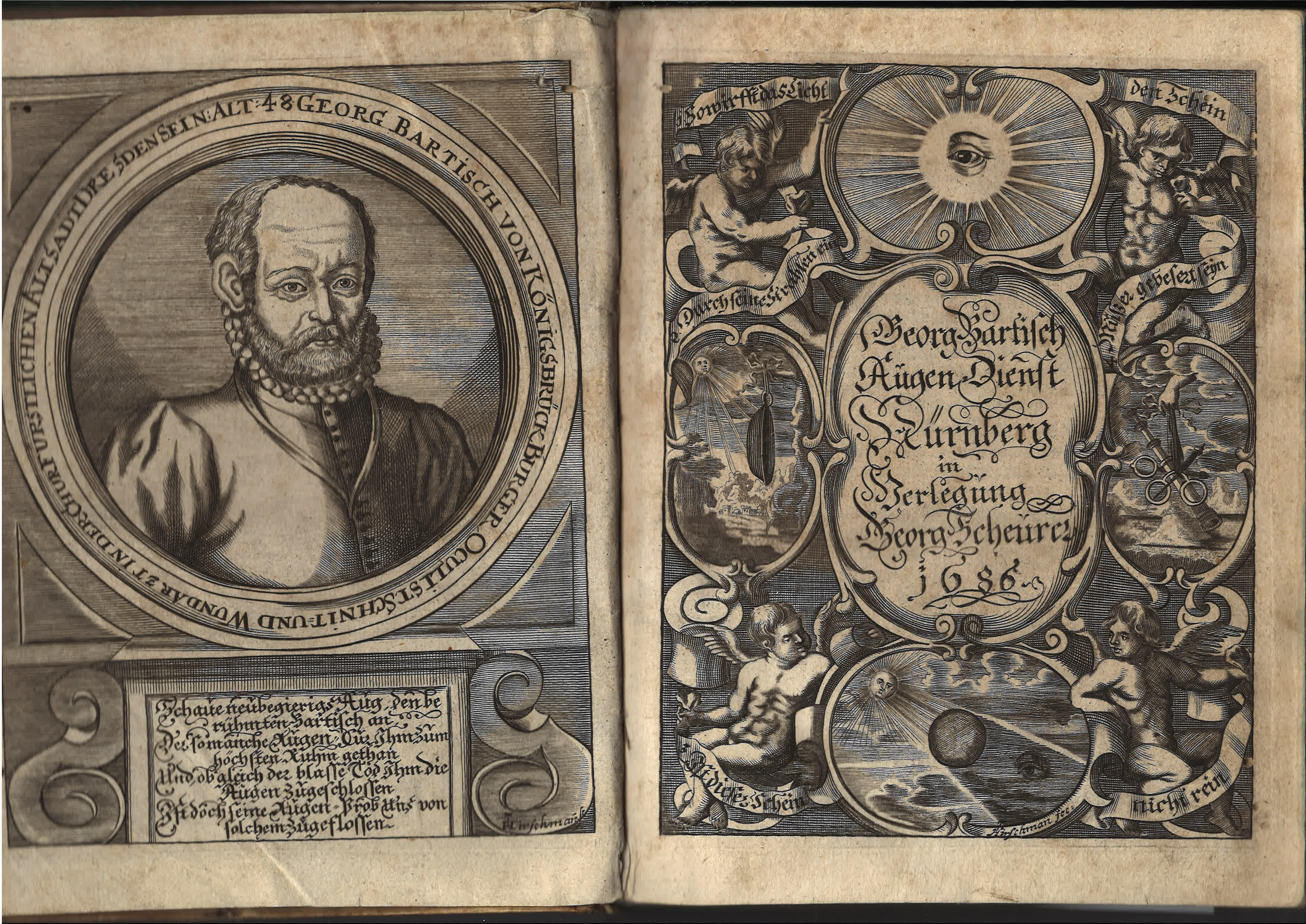
Strabismus (squinting)
One of the first parts of the book as well as the Fig.3 were dedicated to strabismus (squinting).
Here is the translation of the text on the left page accompaning the Fig.3 depicting a mask for the treatment of strabismus:
"As soon as one notices and observes in a child that it is beginning to squint, one should immediately have a head cap or a ball made of delicate linen, covered externally with atlas, damask, or similar fabric, arranged in such a way that the head cap is well padded with cotton in the middle on the nose and fits snugly on the nose. Moreover, the cap or ball should also be shaped so that it is high on the nose between the eyes externally, so that light cannot reach the eyes from over the nose, either internally or externally. Furthermore, the cap should have two small holes that align with the eyes, with the observation that, when the child turns both eyes towards the nose, as is common, these two holes should be made and placed further towards the sides, towards the ears or temples, so that the child must always turn and direct their eyes towards the light (whether it be day or night). This is clearly indicated in the following figure g. of the figure. However, if a child squints with only one eye, the hole in the head cap that aligns with the good eye must be made straight, and on the other hand, the one that aligns with the squinting eye must be made on the side, and in such a case, the child should always be positioned so that it can always look towards the light with the squinting eye."
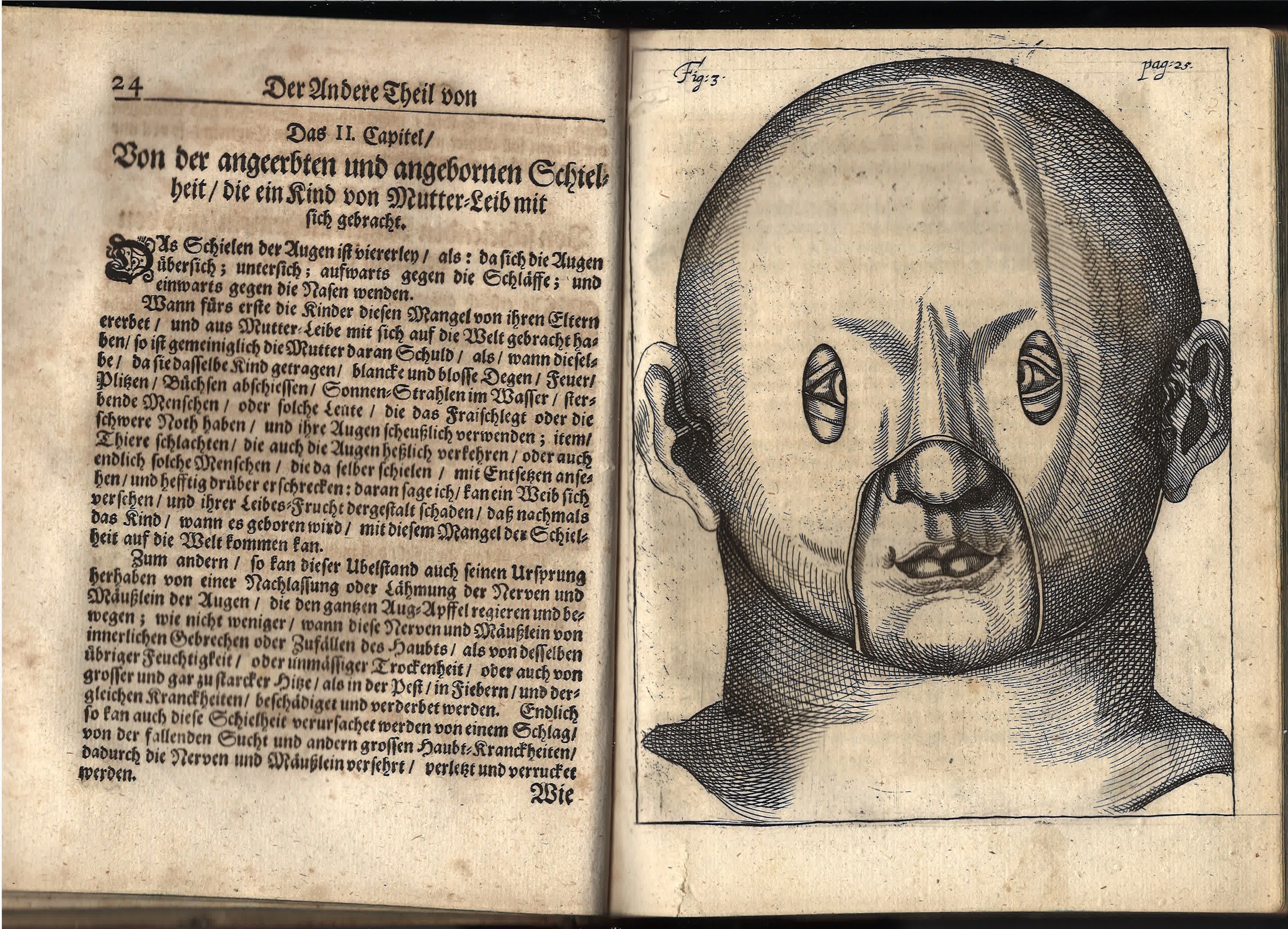
Fig. 3. The mask for the treatment of strabismus.
Ophthalmorrhoea (Profuse Leakage from Eyes)
One of the rather weird methods of the Ophthalmorrhoea's treatment for us, today's people, were described in the Augendienst. Chapter III of the Seventh Part is "About treatment and healing of the very old, long-granted, evil, violent eye flows."
It says: "Severe eye flow, especially in those children who have had severe smallpox or who have endured other violent red diseases in their still tender youth; since such flows often remain forever and into old age, they become known as chronica, that is, long-lasting eye flows, and are cured with hard effort. Otherwise, the same kind of long-term eye problems also happen to adults and old people due to various illnesses such as head pain, toothache, and the like; since the majority of such people often drag themselves about it for a very long time and do not want to be helped by it, but always believe that the problems caused by this will go away on their own. A number of people would like to be cured but don't know where or from whom to seek advice and help, or what they should do about it. A number of them save the money that they don't want to spend on the cure, and a number cannot be cured even if they were to focus everything on it straight away. So such people are often plagued by such eye problems for so long and so much, until they finally suffer so much damage to their eyes that they even lose their sight and ultimately become completely blind as a result.
But how and in what way to counteract and remedy these old and tedious eye flows, if it is otherwise possible, will be indicated and described right now. The ancients have once again invented a special aid, which consists of pulling a cord of setaceum or laceum through the skin in the neck of such patients. This is intended to relieve and greatly relieve the patient, and cannot be done without the advice of the doctor, so you shouldn't omit it because of that, but rather you have to make a virtue out of necessity, and think that evil can be driven away with evil, and that this remedy is the one which can provide the greatest help in this cure, as I have not only heard from intelligent and experienced physicians, but also from patients who have used it with great benefit and have praised it. But this treatment should be carried out in the following form.

Fig. 19 and 20 depict the instrument and the procedure of the setaceum (this double-page spread is not existing in the book and made by combining of two illustrations together).
References
Hirschberg §65, 1; Hirsch/H. I, 359-62; Krivatsy 854; Bibl. Walleriana 754. – Rare later edition of the first German manual of ophthalmology (1st ed. 1583). Bartisch, (1535- ca. 1607), "earned great merit in the field of ophthalmic surgery. His work... far surpasses the abilities of his contemporaries, and... we (see) in B. one of the first champions of today's highly developed ophthalmic surgery." (Hirsch). "The Augendienst is the first modern work on eye surgery and one of the earliest surgical works printed in the vernacular..." (Becker 35 to the 1st ed.). The following plates are numbered with the addition "Figura" from 3-49 and each also marked with the corresponding page number.
Condition report
Format: 4°. Portrait, copper title, Pages: 20 leaves, 426 pages, 8 leaves, 48 (1 folded) copper plates, 1 woodcut plate. Contemporary parchment. The collation of the plates varies in different copies by one plate, as the initially bound folding plate contains plates 1 and 2 in a composite print, but both plates are sometimes still bound uncut (as in the present copy), sometimes however already separated as "1 double-page and 1 folded plate." The folding parts of the No1 are missing, as well as flapped pieces, the plate is in poor condition. The missing No. 2 large folding plate with flapped elements. The "Figura 27" belonging to page 246 is the only one cut in wood (instead of engraved) and bound as the last leaf of the 4° quire before the index. The last (Zodiac sign) plate 49 is bound according to instructions on page 411 (before the bloodletting plate 48 belonging to page 412). – The book block is overall still in quite acceptable condition, the first and last leaves slightly worm-eaten, throughout more or less browned and foxed; the folding plate, however, is heavily crinkled and torn, with lesions and underlays, upper right corner with tear, but without loss of printed parts. Print title upper right with corner tear (some text loss), plate 3 with insignificant edge tears, plates 10 and 11 damaged at the bottom due to former gluing, which was old backed on plate 11. From page 265 (quire Ll) often stronger browning, the last three index leaves with letter loss due to worm-eaten. Without the flying endpapers. Book block loosened, binding flaked, worm-eaten and heavily worn, head and corners damaged."
Compared to the digitized copy from Bibliothèque interuniversitaire de santé, Paris (see PDF link below), the following pages and illustrations are missing from this copy: 1. Fig. 1 with layer-by-layer images of the skull and brain in poor condition, worn, with tears and traces of restoration, no hinged flapped parts; 2. Fig. 2 with layer-by-layer flapped images of the internal structure of the eye with hinged parts missing; 3. Fig. 27 (small sponges and sponges and splinters). 27 (little sponges and spoons in a small bowl) is missing; 4. Fig. 48 follows not after page 412, but after page 410 and is given in reverse order - first in our copy of the book is an engraving with the signs of the zodiac, and then a figure of a half-naked man with the location of superficial veins.
Literature
-
Bartisch, Georg. Οφθαλμοδούλεια, das ist Augendienst : Newer und wolgegründter Bericht von Ursachen und Erkentnüs aller Gebrechen, Schäden und Mängel der Augen und des Gesichtes, wie man solchen anfenglich mit geburlichen Mitteln begegnen, vorkommen und wehren, auch wie man solche Gebresten künstlich durch Arzney, Instrument und Handgriffe curiren... Matthes Stöckel, Dresden, 1583. Full text in PDF
- Bartisch, Georg. Augen-Dienst: Oder Kurtz und deutlich verfasster Bericht von allen und jeden in- und äusserlichen Mängeln Schäden Gebrechen und Zufällen der Augen. Georg Scheurer, Nuremberg, 1686. Full Text in PDF
-
Julius Hirschberg, The History of Ophthalmology, Vol. I: Antiquity, translated by Frederick C. Blodi. Bonn, Verlag J.P. Wayenborgh, 1982, xxviii, 351 pp., folio, DM 220/78.00
- Zhao, Wenrui. Serving the Eye, Serving the Soul: Religion and Healing in Georg Bartisch’s Ophthalmodouleia (1583). The search for wellbeing and health (Archaeopress 2023): 80–97
